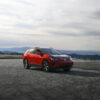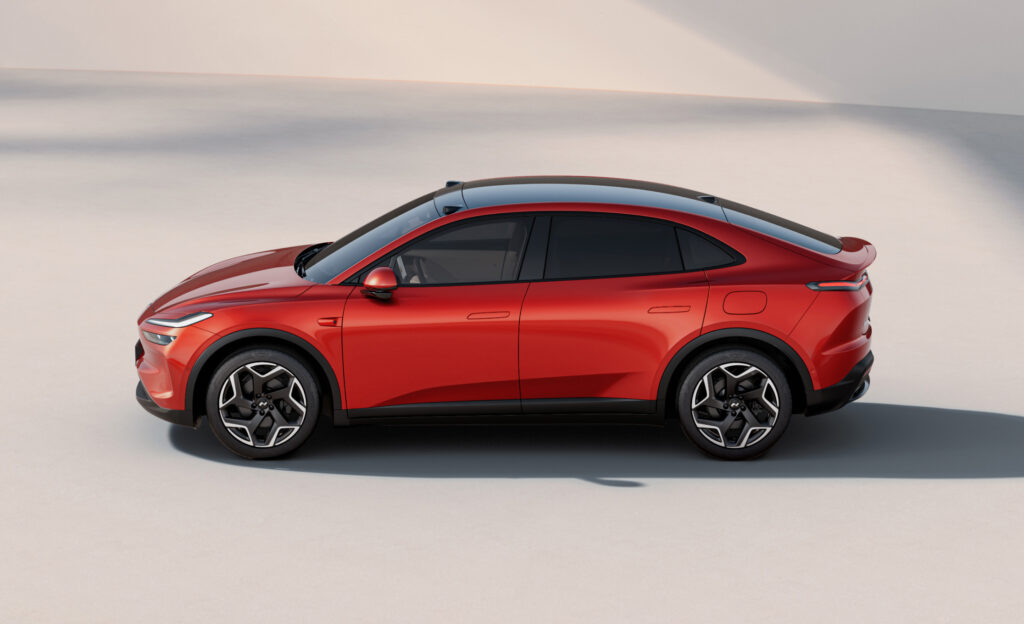
The electric vehicle (EV) market is no stranger to ambitious upstarts, and Nio’s (NIO) sub-brand ONVO has entered the fray with its L60 SUV. Since its launch in September, the ONVO L60 has achieved a milestone that demands attention: over 20,000 units delivered in just 100 days.
But what does this mean for the broader EV landscape, and can ONVO pose a credible challenge to Tesla’s (TSLA) dominance?
Hitting Milestones with the ONVO L60
The ONVO L60 debuted on September 19, with deliveries commencing on September 28. By the end of December, cumulative deliveries exceeded 20,000 units, including a projected 10,000 units in December alone.
This rapid scaling—following delivery figures of 832 in September, 4,319 in October, and 5,082 in November—signals ONVO’s intent to establish itself as a volume player in the mid-sized electric SUV segment.
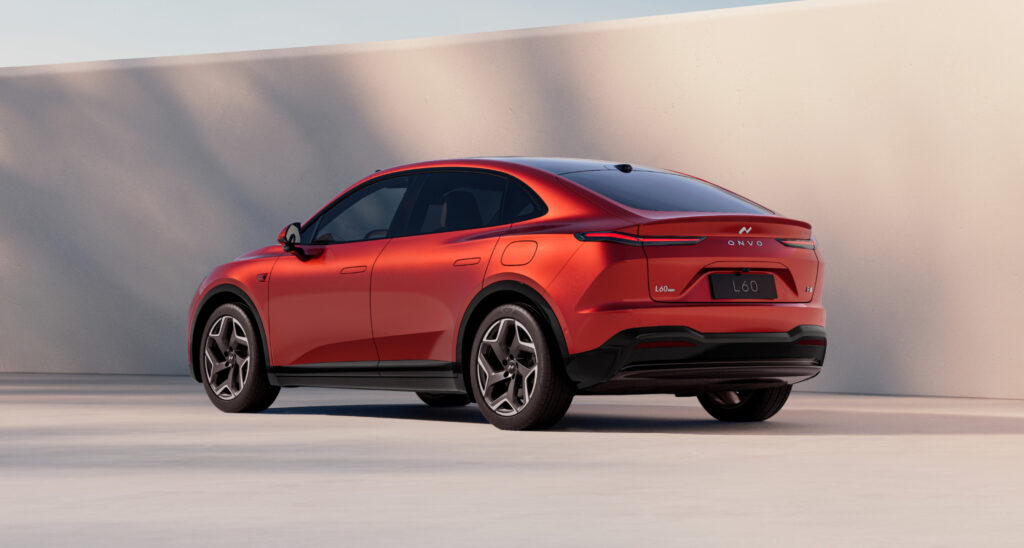
This milestone is particularly significant given Nio’s strategy to position ONVO as a middle-to-high-end sub-brand aimed at bolstering sales and improving profitability. The L60, priced starting at RMB 206,900 ($28,350) with the battery included, is a direct competitor to the Tesla Model Y, which starts at RMB 249,900 ($34,200) in China.
With the inclusion of Nio’s innovative battery-swapping technology via BaaS (Battery as a Service), ONVO is banking on affordability and convenience to attract mass-market buyers.
A Closer Look at the ONVO L60
Design and Dimensions
The L60’s design emphasizes aerodynamic efficiency and rugged appeal. Split headlights with L-shaped daytime running lights, a closed front grille, and a slanted roofline contribute to its sleek yet functional aesthetic.
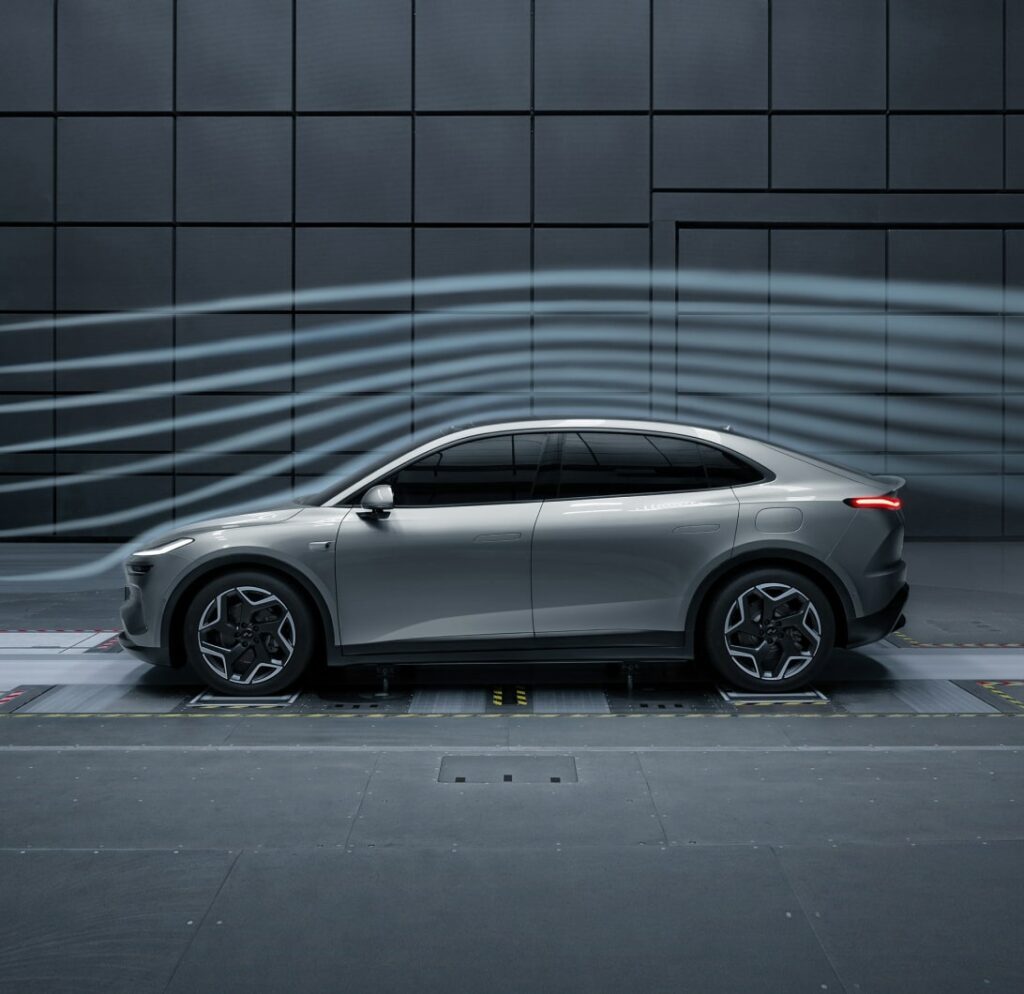
Measuring 4,828 mm in length, 1,930 mm in width, and 1,616 mm in height, with a wheelbase of 2,950 mm, the L60 firmly positions itself in the midsize SUV category.
Performance and Range
The L60 offers both rear-wheel drive (RWD) and all-wheel drive (AWD) configurations. The RWD variant features a 240 kW (322 hp) motor, achieving 0-100 km/h in 5.9 seconds, while the AWD version delivers 340 kW (476 hp), cutting the acceleration time to 4.6 seconds.
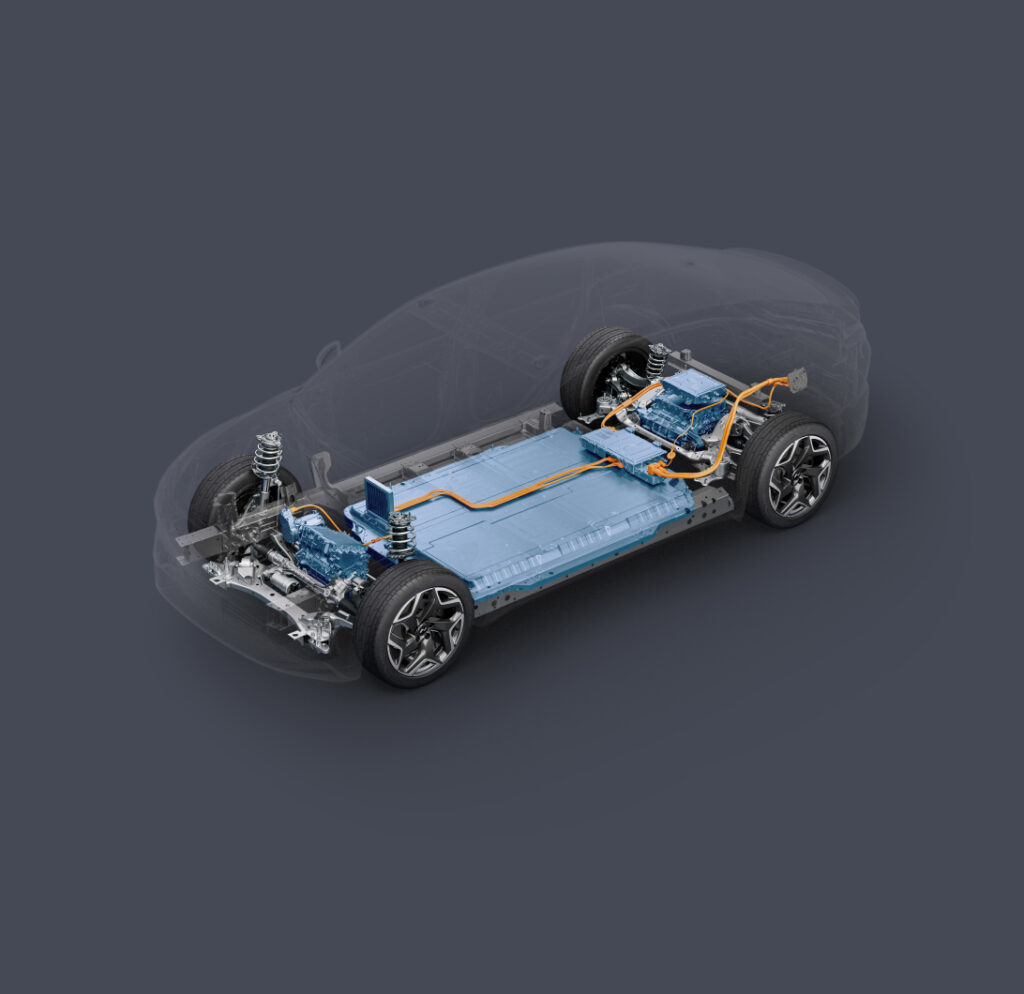
Range options include a 60.6 kWh battery offering up to 525 km (CLTC) and an 85 kWh pack capable of 555 km, with a future 1,000 km range option in development. Energy efficiency also stands out, with the RWD model consuming just 12.1 kWh per 100 km.
Interior and Tech
Inside, the ONVO L60’s “Urban Oasis” smart cabin creates a luxurious, tech-forward environment. Featuring a wraparound dashboard, AI-powered cockpit, and color options like Lilac Purple and Warm Brown, the L60 aims to combine functionality with style.
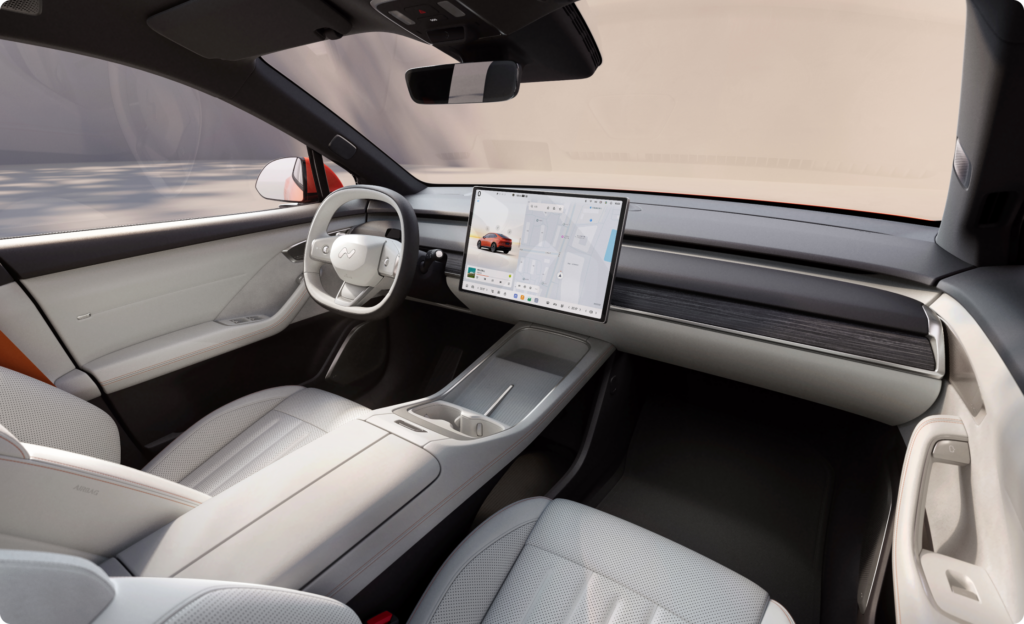
Advanced driver-assistance systems include 30 high-performance sensors and Nvidia Orin X chips delivering 254 TOPS of computing power. Full-scenario NOA (Navigation On Autopilot) covers 726 cities and 2,700 districts, offering nationwide urban and highway driving assistance.
The Competitive Landscape: Tesla Model Y vs. ONVO L60
While the ONVO L60’s achievements are commendable, its competition is steep. Tesla’s Model Y remains a juggernaut, delivering 44,576 units in November alone—more than double ONVO’s cumulative 100-day total.
The Model Y benefits from Tesla’s established brand halo, ecosystem, and unmatched global presence. For ONVO, this means an uphill battle not only to deliver a superior product but also to convince buyers to embrace a relatively new brand.
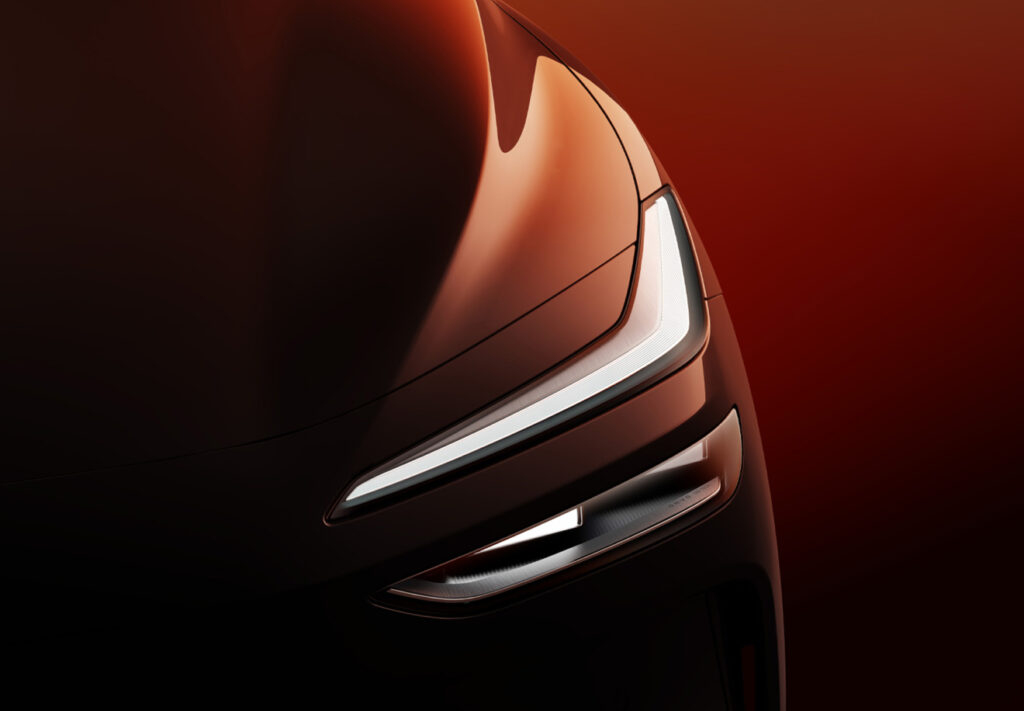
The L60’s competitive edge lies in its pricing and features. A starting price that undercuts the Model Y by RMB 43,000, paired with battery-swapping capabilities and a robust tech suite, makes it an attractive alternative. However, scaling production to meet the projected 20,000-unit monthly capacity by March 2025 will be critical to sustaining momentum.
Scaling Challenges and Opportunities
ONVO’s president, Alan Ai, has been transparent about the brand’s production challenges, citing early battery availability issues at Nio’s power swap stations. These hurdles, while temporary, highlight the complexities of ramping up EV production in a competitive market. With plans to expand service centers to 350 locations across 200 cities by year’s end, ONVO is making strides toward addressing these growing pains.
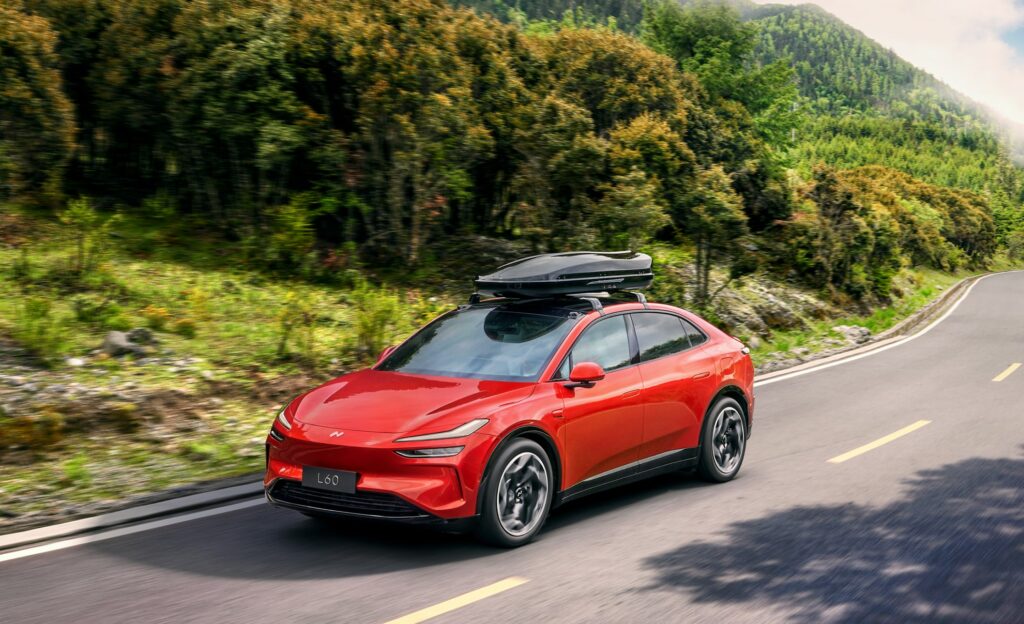
Long-term success will depend on ONVO’s ability to scale efficiently, maintain quality, and deliver a consistent customer experience. Nio’s overarching goal of delivering 30,000 vehicles in December—including those under the ONVO brand—demonstrates its broader commitment to capturing market share and profitability in the EV sector.
Charge Complete: ONVO’s Road Ahead
The ONVO L60’s 20,000-unit milestone in 100 days signals a promising start for Nio’s mass-market ambitions. With competitive pricing, innovative features, and a clear path to scaling production, ONVO has positioned itself as a noteworthy challenger in the EV space.
However, the battle with established players like Tesla will require more than just solid specs—brand building, reliability, and consumer trust will be key.
As 2025 approaches, all eyes will be on ONVO to see if it can turn early promise into sustained success. For now, the L60’s rapid rise is an encouraging sign that there’s room in the EV market for well-executed challengers.



